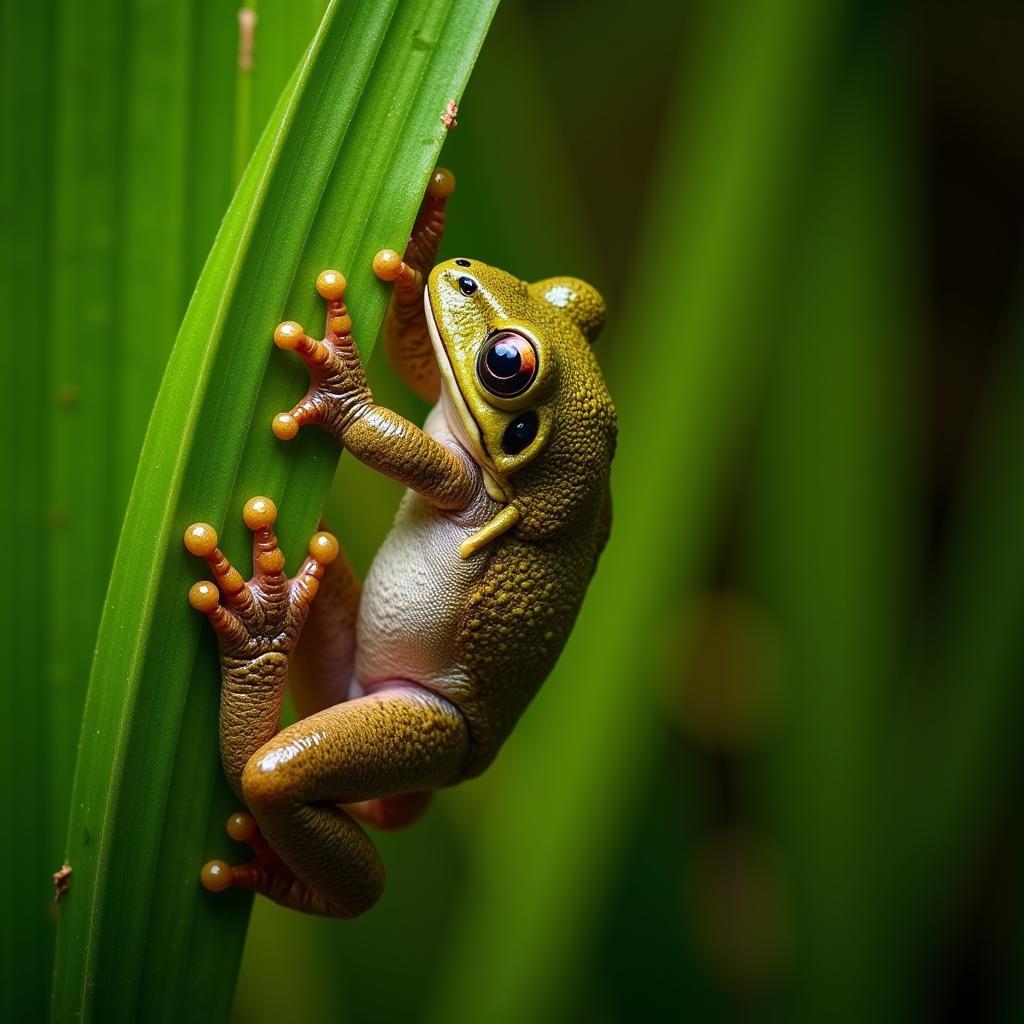The Art of Storytelling: Exploring African Face Paint Designs
African Face Paint Designs are more than just aesthetically pleasing; they’re vibrant expressions of culture, heritage, and individual identity. Steeped in tradition and rich symbolism, these intricate patterns serve as visual narratives, communicating a spectrum of meanings that extend beyond mere decoration.
Beyond Aesthetics: Unveiling the Significance of Face Painting in Africa
Throughout the diverse tapestry of African cultures, face painting transcends the realm of adornment. It serves as a powerful language, conveying messages about tribal affiliation, social status, spiritual beliefs, and even personal aspirations. Each design, meticulously crafted with natural pigments derived from plants, minerals, and clays, holds a unique story waiting to be deciphered.
For instance, in many East African cultures, the Maasai warriors are renowned for their elaborate face and body painting, often incorporating bold geometric patterns and vibrant colors. These designs not only signify their courage and strength but also serve as a visual testament to their journey into manhood.
Deciphering the Language of African Face Paint Designs
Understanding the intricate language of African face paint designs requires delving into the specific cultural context. While certain colors or symbols might carry universal meanings across various tribes, their interpretations can differ significantly.
Colors that Speak Volumes
- Red: Often associated with power, vitality, and spiritual energy, red frequently symbolizes life and death.
- White: Representing purity, peace, and the ancestral realm, white often signifies rites of passage and spiritual cleansing.
- Black: While often linked to mourning and loss in Western cultures, black in many African traditions symbolizes masculinity, strength, and connection to the earth.
Symbolic Motifs: Unraveling Hidden Meanings
Just as colors carry profound meaning, the motifs incorporated into African face paint designs often represent animals, celestial bodies, or natural elements, each imbued with specific symbolism.
- Animal Motifs: Animals like lions and leopards often signify strength and courage, while snakes might represent fertility or ancestral spirits.
- Geometric Patterns: Triangles, circles, and spirals can hold different meanings depending on the context, representing everything from gender roles to spiritual concepts.
“The beauty of African face paint lies in its ability to tell stories without uttering a single word,” explains Dr. Abena Kwame, an anthropologist specializing in African art and symbolism. “These designs serve as visual narratives, capturing the essence of cultural beliefs, social structures, and individual experiences.”
The Enduring Legacy of African Face Paint Designs
While modernization has led to a decline in the daily practice of face painting in some communities, its significance remains deeply ingrained in African heritage. It continues to play a vital role in traditional ceremonies, rituals, and celebrations, serving as a vibrant reminder of the rich cultural tapestry that defines the continent.
From the intricate patterns adorning the faces of Maasai warriors to the delicate designs gracing the faces of women during cultural festivals, African face paint designs offer a captivating glimpse into a world where artistry and storytelling intertwine. As we appreciate the aesthetic beauty of these designs, it’s essential to recognize and respect the profound cultural significance they hold.
FAQ
What is the purpose of African face paint?
African face paint serves various purposes, primarily as a form of visual communication, conveying messages about tribal identity, social status, spiritual beliefs, and personal stories.
What do the different colors in African face paint represent?
Each color holds symbolic meaning: red often represents power and vitality, white signifies purity and peace, and black often symbolizes strength and connection to the earth.
Are there specific designs for men and women?
Yes, certain designs and motifs might be specifically associated with men or women, reflecting gender roles and societal expectations within a particular culture.
Is African face painting still practiced today?
While the daily use of face painting has declined in some communities, it remains an integral part of traditional ceremonies, rituals, and celebrations across Africa.
Where can I learn more about specific African face paint traditions?
For further exploration, you can delve into resources focusing on specific African cultures like African American Folktales Brer Rabbit or gain a broader perspective through platforms like African Girls Sexy Back.
Need More Information?
Explore the fascinating world of African culture and heritage further! Contact us at +255768904061, email kaka.mag@gmail.com, or visit us at Mbarali DC Mawindi, Kangaga, Tanzania. Our team is available 24/7 to assist you.
